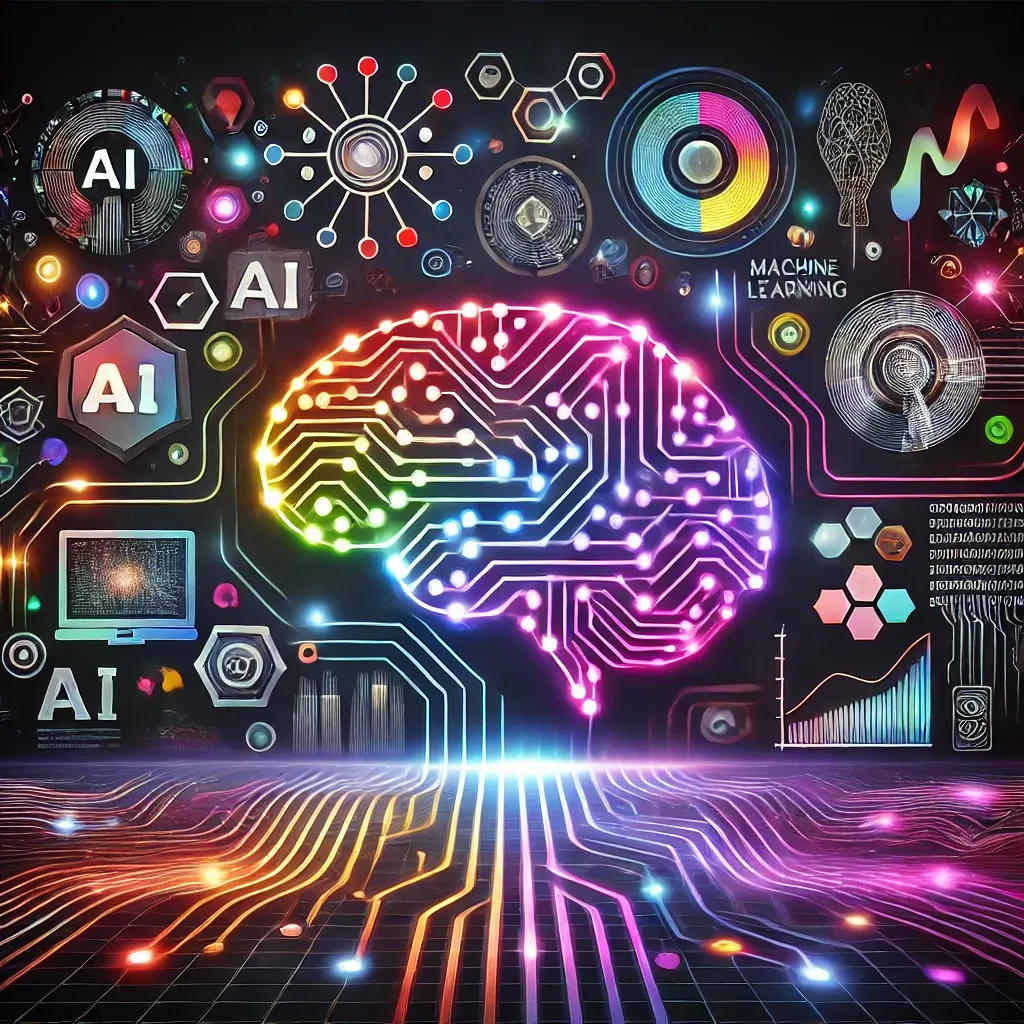The greatest benefit of spending a life in tech is hindsight over the alluring hype cycles that periodically captivate the business world.
As I reflect over the past few decades, it's easy to conclude that a background in computer science has helped me build a career in "cybersecurity". This is true, but it's also true that the preparatory school that was an autodidactic introduction to the profession also prepared me for a lot more facets of the trends that are now driving the modern world and impacting society in ways that were difficult to anticipate three or four decades ago.
Take for instance the prevalence of what we call 'the subscription model', the modern approach to shifting asset ownership out of the public consciousness and concentrating wealth in the hands of corporate entities. This began with unlimited connectivity at the end of the last millennium, more recently with unlimited storage and imminently, with the availability of unlimited processing power. We are truly living through historic times and it's easy to similarly get carried away by the fantastic prospects of unlimited wealth created by cryptocurrencies, unlimited processing speeds and the promise of unlimited artificial intelligence.

While these great developments have been predicted by science fiction for many years, it's always a concern when they get onto the radar of unscrupulous promoters who can't resist the smell of profit. As such, the past 18 months have seen outlandish promises, terrifying warnings and naive adoption of mystical technologies hanging by the thinnest of threads. Ignoring genuine experts in the field, many companies choose to apply the nascent generative AI tools that were just clumsy autocomplete apps a few months ago, to the task of creating important documents, making impactful decisions and accepting the risk of introducing serious societal harms.
Let us review a few of the riskiest moves that are the result of decision makers acting on their impulses, with little consideration for the cognitive biases that are at the root of their overwhelming fascination with the potential of gaining an unfair advantage and the corresponding fear of falling behind a competitor who may already be exploiting such benefits.
Here are some of the biggest myths surrounding artificial intelligence (AI) that impact business decision-making, causing confusion, introducing risks, and increasing costs:
1. AI Can Replace Human Expertise Entirely
- The Myth: AI will make human roles obsolete, allowing businesses to save money by replacing skilled employees with machines.
- Impact: Businesses may invest heavily in AI without considering the need for human oversight, resulting in poorly implemented systems, errors, and diminished customer trust.
- Reality: AI enhances human decision-making but often lacks contextual understanding, creativity, and ethical judgment. Human oversight is essential for AI success.
2. AI Can Solve Any Problem
- The Myth: AI is a magical solution that can fix all inefficiencies, optimize every process, and generate significant ROI without limitations.
- Impact: Misaligned expectations lead to overspending on AI projects that fail to deliver results because the problems weren’t suitable for AI solutions.
- Reality: AI is powerful for specific tasks but requires well-defined problems, high-quality data, and clear objectives to succeed.
3. AI Works Out-of-the-Box
- The Myth: AI tools are plug-and-play systems that don’t require customization or domain expertise.
- Impact: Companies deploy generic AI solutions without adapting them to their unique context, leading to suboptimal results or even failures.
- Reality: Effective AI solutions need tailored models, rigorous testing, and integration into existing systems.
4. More Data Always Equals Better AI
- The Myth: Simply feeding more data into an AI system guarantees better performance and insights.
- Impact: Businesses spend excessive resources on collecting and storing data without considering its quality or relevance.
- Reality: Poor-quality, biased, or irrelevant data leads to inaccurate predictions and insights, no matter the quantity.
5. AI Is Always Objective
- The Myth: AI systems are unbiased and produce neutral, data-driven results.
- Impact: Decision-makers blindly trust AI outputs, leading to discriminatory or unfair outcomes that harm reputation and violate regulations.
- Reality: AI systems reflect the biases present in their training data and the objectives set by developers.
6. AI Is Fully Secure
- The Myth: AI systems are inherently secure and can’t be manipulated.
- Impact: Businesses underinvest in security for AI tools, leaving them vulnerable to adversarial attacks or data breaches.
- Reality: AI systems require robust security measures to protect against manipulation, such as adversarial inputs or model theft.
7. AI Implementation Is Quick and Cheap
- The Myth: Deploying AI is straightforward, with minimal time and cost.
- Impact: Companies underestimate the time and resources needed, leading to rushed implementations that fail to meet objectives.
- Reality: Successful AI projects require significant investment in data preparation, model training, staff training, and continuous monitoring.
8. AI Eliminates Risk
- The Myth: AI guarantees better decisions by removing uncertainty and human error.
- Impact: Businesses over-rely on AI, ignoring residual risks, compliance issues, or unintended consequences.
- Reality: AI introduces new risks, such as data privacy concerns, regulatory compliance challenges, and operational disruptions.
9. If Competitors Use AI, We Must Too
- The Myth: Falling behind in AI adoption will automatically result in losing market share to competitors.
- Impact: Companies invest in AI solutions without clear objectives, simply to appear innovative, wasting resources on ineffective projects.
- Reality: AI adoption should align with specific business goals and create measurable value rather than being a reactionary move.
10. AI Doesn't Require Oversight Once Deployed
- The Myth: Once implemented, AI systems run independently and improve themselves without human intervention.
- Impact: Companies neglect monitoring and updating their AI systems, leading to performance degradation, inaccuracies, and regulatory breaches.
- Reality: Continuous oversight, retraining, and updating are essential to maintain AI performance and address changes in data or objectives.

Key Recommendations to Avoid These Myths:
- Align AI Initiatives with Business Goals: Ensure AI projects address clear objectives with measurable outcomes.
- Invest in Data Quality: Focus on relevant, unbiased, and high-quality data rather than sheer volume.
- Build Cross-Functional Teams: Combine technical expertise with domain knowledge for balanced AI implementation.
- Monitor AI Continuously: Regularly review AI systems for accuracy, fairness, and relevance.
- Educate Leadership: Equip decision-makers with a realistic understanding of AI’s capabilities and limitations.
These AI-enhanced points hint at the major risks and opportunities that businesses have to take things easy, standardize (for example using ISO 42001), and communicate, before making informed decisions with their human brains. While AGI - the prospect of artificial general intelligence and the vaunted Singularity - remains just out of our reach, businesses are advised to maintain a solid grasp on reality by remaining confident in their own expertise and resisting the seductive appeal of a superior intelligence that isn't. Not just yet.

